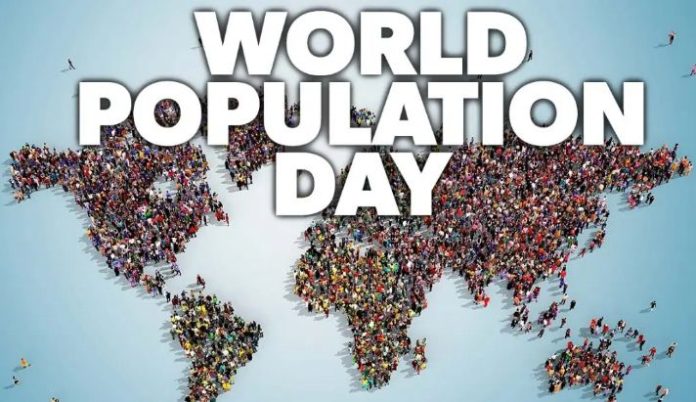World Population Day is observed every year on July 11 to shift the focus of the world on population issues. Overpopulation has become a critical concern as the world’s resources are being used up at an unsustainable rate. The major purpose of World Population Day 2022 is to raise awareness of all the negative impacts that population growth has on the steady development of nature.
The theme of World Population Day 2022 is ‘A World of 8 billion: Towards a resilient future for all- Harnessing Opportunities and ensuring rights and choices for all’.
According to UN Secretary-General Antonio Guterres,” Sustainable Development 2030 agenda is the world’s blueprint for a better future for all on a healthy planet. On World Population Day we recognize that this mission is closely interrelated with demographic trends including population growth, aging, migration, and urbanisation”.
In 1000 AD, the world population was only 400 million. It first reached 1 billion in 1804 and 3 billion by 1960. It only took 40 years — by 2000 — for the population to double to 6 billion.
Every second of every day, 4.2 people are born and 1.8 people die. It’s expected that by 2050, nearly 70% of the world’s population will live in cities.
People to have a longer life: Life expectancy to rise across the world. Globally, life expectancy for both sexes combined is projected to rise from 71 years in 2010-2015 to 77 years in 2045-2050 and eventually to 83 years in 2095-2100.
The world’s population is growing by 1.10 percent per year, or about an additional 83 million people annually. The global population is expected to reach 8.6 billion in 2030, 9.8 billion in 2050 and 11.2 billion in 2100.





















